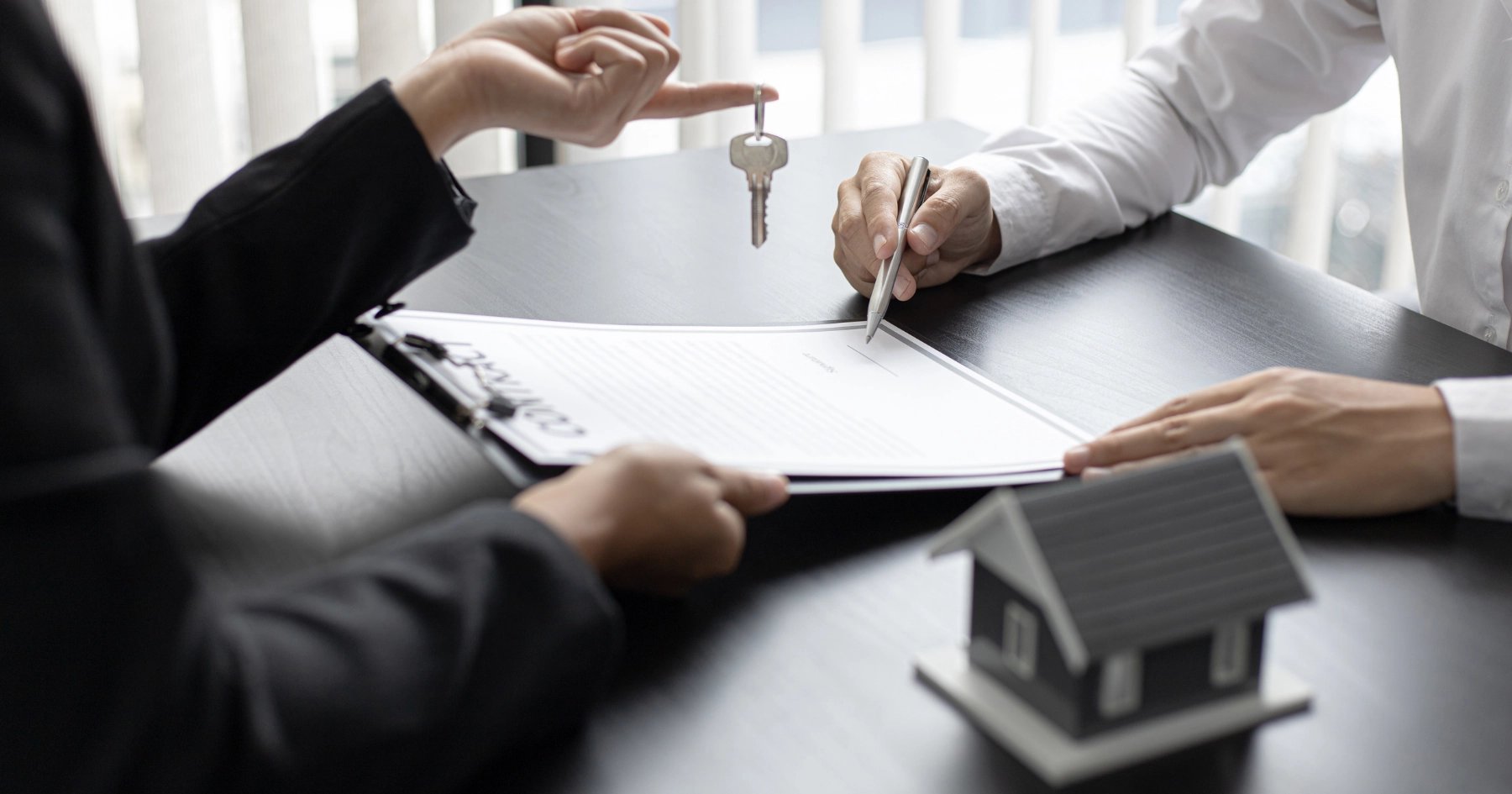
If you’re renting your home from the council or a housing association and have been doing so for a few years, you may have the opportunity to purchase it at a significant discount. This is made possible through the right-to-buy scheme, a longstanding government policy designed to help council tenants get a foot on the property ladder.
At Friends Capital, we often work with first-time buyers looking to purchase their council home under this scheme. If you're unsure where to start or what it involves, this guide will walk you through the key points—from eligibility and discounts to securing a mortgage.
Right-to-buy is a government initiative in England that allows most council tenants, and some housing association tenants, to buy the home they currently rent. It was introduced in the 1980s with the aim of increasing home ownership and helping people move from renting to owning.
The key feature that makes this scheme so attractive is the discount offered on the property's market value. Depending on how long you’ve been a tenant, the discount could be up to £96,000 (or £127,900 in London).
To qualify for the right-to-buy scheme, you must meet certain criteria:
If you’ve moved between different council or housing association homes, you may still be eligible as long as the total time you’ve spent as a public sector tenant adds up to three years.
Tenants of housing association properties may be eligible under the Right to Acquire scheme, which offers smaller discounts and has different eligibility criteria. However, some housing association tenants may also qualify for the full right-to-buy discount if their home was originally owned by the council and transferred to a housing association.
It’s always worth checking with your landlord or the government’s right-to-buy advisory service to see what you’re eligible for.
The discount is calculated based on three main factors:
For houses:
For flats:
In London, the discount cap is higher, at £127,900.
While the scheme can be a brilliant opportunity to own your home, there are a few caveats:
This is where Friends Capital Mortgage Advisers come in. Many tenants are unaware that you can apply for a mortgage to cover the discounted purchase price—and sometimes more.
If your financial situation is complex or you have a patchy credit history, don’t worry—we specialise in helping people navigate these kinds of applications. You don’t always need a traditional deposit, and many lenders offer products designed specifically for right-to-buy applicants.
Yes, in most cases the right-to-buy discount is treated as your deposit by the mortgage lender. This means you might not need to put in any cash up front—although having some savings to cover fees and moving costs is still important.
For example:
Here’s a step-by-step overview:
Can I apply with someone else?
Yes. You can buy jointly with up to three family members, as long as they’ve lived with you for at least 12 months.
Can I make improvements once I own it?
Absolutely. Once you own the property, you can renovate or refurbish as you see fit—just remember to get any necessary planning permission.
Will I still pay service charges if I buy a flat?
Yes. If you buy a leasehold flat, you’ll likely have to pay annual service charges for maintenance of communal areas.
In an era where property prices have outpaced wages and the cost of living is high, the right-to-buy scheme remains one of the few accessible routes into homeownership for people on modest incomes. It turns rent into an asset and offers long-term stability for individuals and families who might otherwise be priced out of the market.
We’ve helped many people—some who never thought they could own a home—successfully navigate the process and secure a mortgage.
We’re here to make the process simpler. From checking your eligibility and helping with paperwork to securing the best mortgage deals, our advisers take care of the technical side so you can focus on the excitement of owning your home.
We offer:
Right-to-buy is a powerful opportunity—but it comes with important decisions to make. It’s not just about buying a home, it’s about making a smart financial choice for your future.
Whether you're ready to apply or just want to understand your options, speak to one of our mortgage advisers today. We’ll give you honest advice, straightforward answers, and a clear path toward homeownership.
Need help with your right-to-buy mortgage?
Contact Friends Capital Mortgage Advisers today and take the first step toward owning your council home.